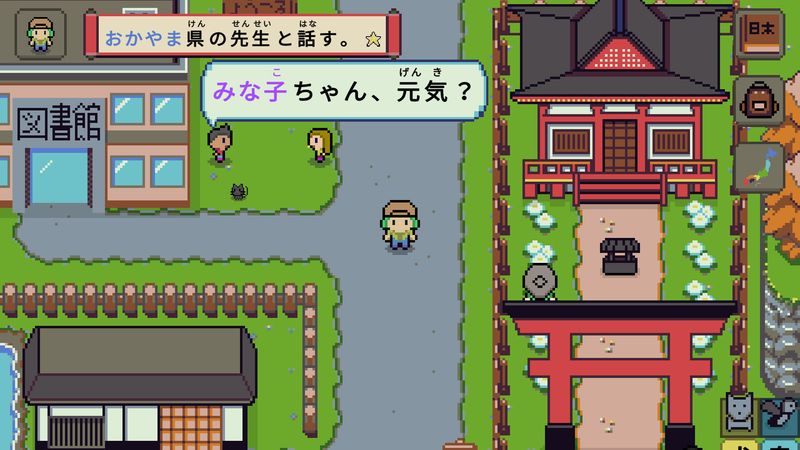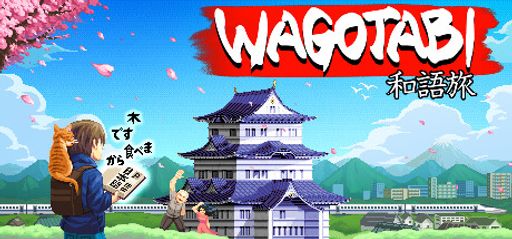Hi friends! I’ve been wandering the low-key, lovely streets of Wagotabi: A Japanese Journey for a while. I’m excited to share my cozy, no-pressure take. If you like learning languages through a chill RPG instead of a classroom, this might be your game.
Overall Impressions
Wagotabi blends Japanese language learning with cozy RPG exploration. Players practice by chatting with NPCs, solving language puzzles, and completing quests. As you progress, English gradually shifts to Japanese, creating a natural sense of immersion. The game also weaves in cultural notes about Japanese prefectures, helping players connect vocabulary to authentic places. This makes it feel useful and memorable instead of rote memorization.
Unlike typical apps, Wagotabi focuses on nuance. It teaches politeness levels, context, and relationship-based speech. Many players say it explains language better than Duolingo. Its story-driven lessons help the learning stick. The main limitation is scope: launch content included only 262 words and a few prefectures. While it’s not a full JLPT course yet, the developers plan to expand. That makes the foundation promising for future learners.
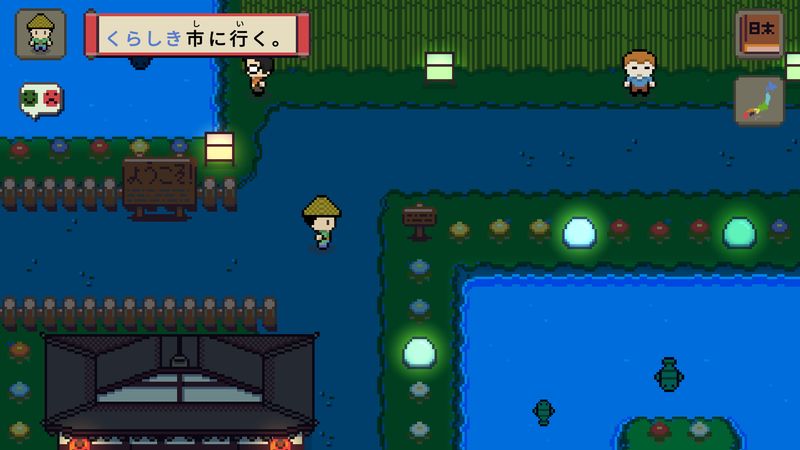
Gameplay Mechanics
Wagotabi’s mechanics are cozy yet effective, with a built-in SRS (spaced repetition) system that makes review feel natural, like Anki without the flashcard grind. Words are introduced through NPC conversations and slowly replace English text, creating smooth immersion. Study modes and playful minigames for kana and kanji practice keep learning varied, while the badge-style progression system offers small, motivating goals. Quests stay simple and friendly, and puzzles focus on language use in rewarding ways.
Some areas still need polish. The design leans mobile-first, with many players completing most content on phones, and the PC version could use UI refinements for smoother mouse and keyboard play. Long-term study options remain limited until more lessons and prefectures are added, though this is more about content size than mechanics. Despite these issues, the foundation feels strong and promising for learners seeking a relaxed, game-like approach.
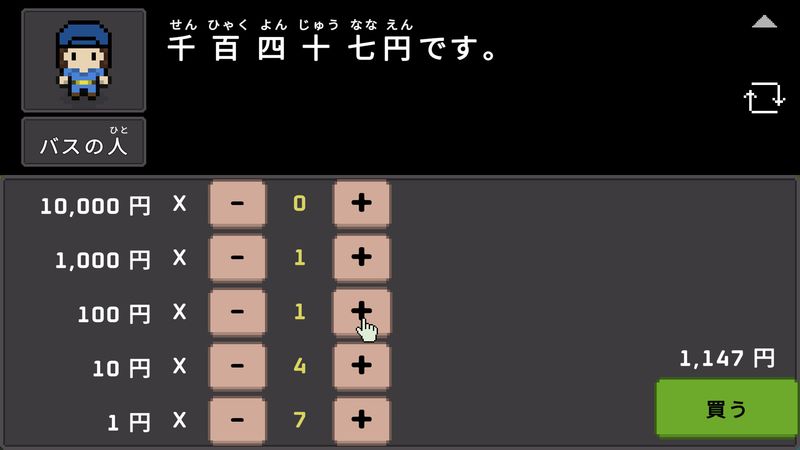
Story and Characters
You won’t find a deep, epic plot here — and that’s fine. The story is quiet, cozy, and built around traveling through towns, learning local trivia, and making small connections with characters. The NPCs are charming and purposeful: they teach language through real conversational snippets and cultural details. Because the interactions matter to learning, characters feel memorable even if they’re not fully fleshed-out literary types. The result is a warm, lived-in world that makes the language feel usable and relevant.
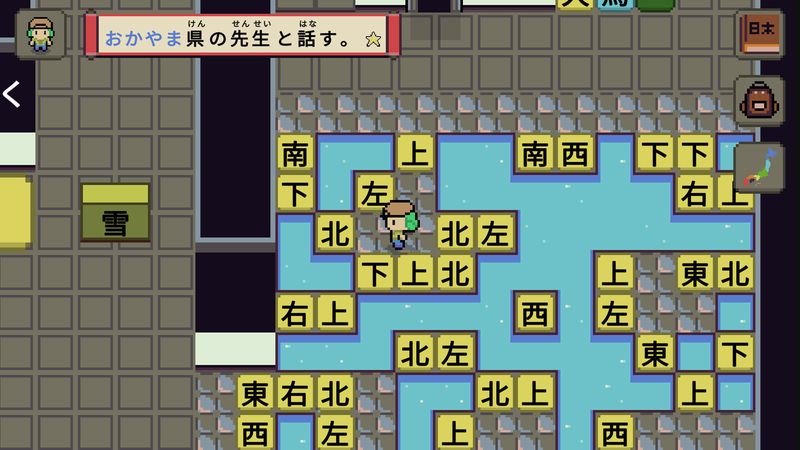
Visuals and Graphics
The art style leans into retro, pixel charm — many players rightly call it Pokémon-like, and I’ll second that in the best way. It’s bright, neat, and comforting. The pixel art fits the study-first focus: it’s readable (important for language games) and pleasant to roam around in. The visual recreations of real places add nice flavor and help the cultural learning stick.

Sound and Music
The soundtrack is unobtrusive, cozy, and suits the small-town, exploratory vibe. Sound effects are functional and pleasant. There’s not a lot of flashy audio work here, which actually helps — it keeps the focus on reading and listening practice without over-stimulating you. I didn’t run into much voice acting, and if that’s something you want, it’s not the main draw here.
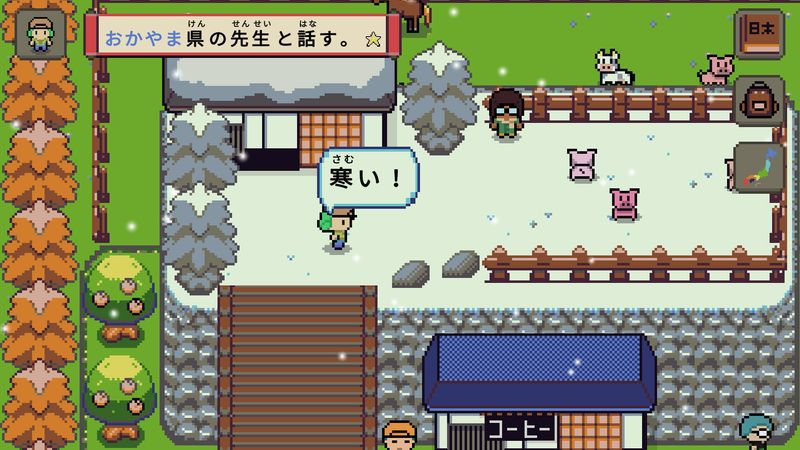
Difficulty and Replayability
The game strikes a gentle balance. It’s beginner-friendly and structured so new learners won’t feel overwhelmed, but the SRS and repeatable practice encourage multiple revisits to solidify words and grammar. The minigames and badge chasing add replay hooks. Long-term replayability depends on content growth — once more prefectures and lessons are added, I expect this to become a go-to daily practice tool for many players. Some players mentioned that repetition is plentiful but welcome — it’s repeat-heavy by design, and that’s a good thing if your goal is retention.
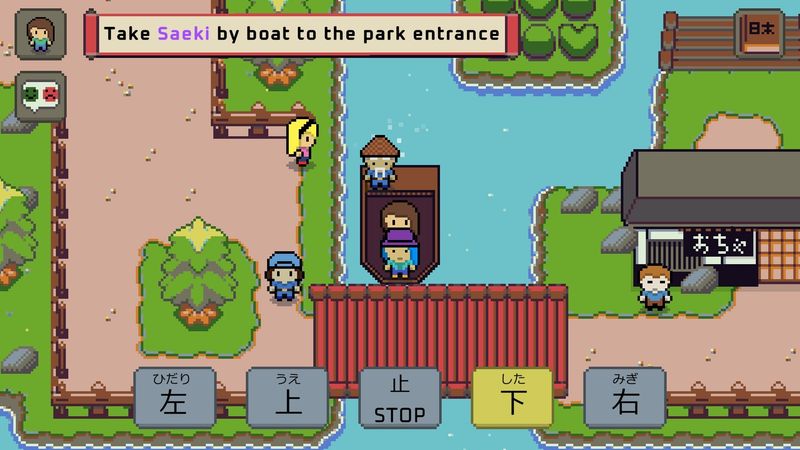
Trivia / Behind-The-Scenes
Wagotabi Limited both developed and published the game. The title grew on mobile first, with cross-save confirmed by players, and many folks are excited to see it on Steam. The team’s approach shows a clear love for Japan, and they’ve designed the game around language learning science (SRS, context learning, focused drills). They’ve also shared plans to expand prefectures and lesson depth over time, with an eye toward full JLPT coverage eventually.
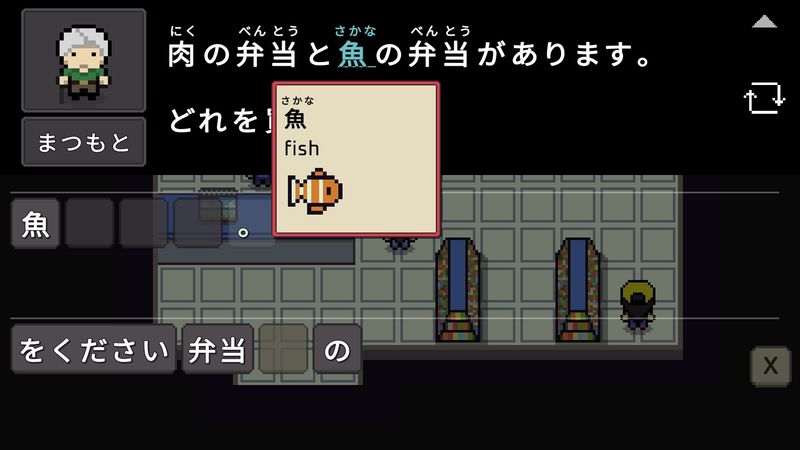
Final Thoughts
Wagotabi feels like a cozy tutor you can take for a walk around Japan. It’s not a finished, full-scale curriculum yet, but what’s here is smart, warm, and motivating. If you’re starting Japanese, coming back after a break, or just want a relaxed, gamey way to learn, it’s an excellent pick — especially if you enjoy retro RPGs and gentle, bite-sized learning.
Rating: 4 out of 5 stars
Who I’d recommend it to
Beginners, casual learners, fans of cozy RPGs, and anyone who struggles with motivation and wants a fun way to make Japanese feel less scary. If you need full JLPT N5–N1 coverage right now, keep an eye on future updates — this one’s on the right path.
